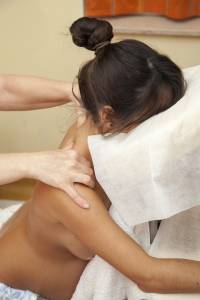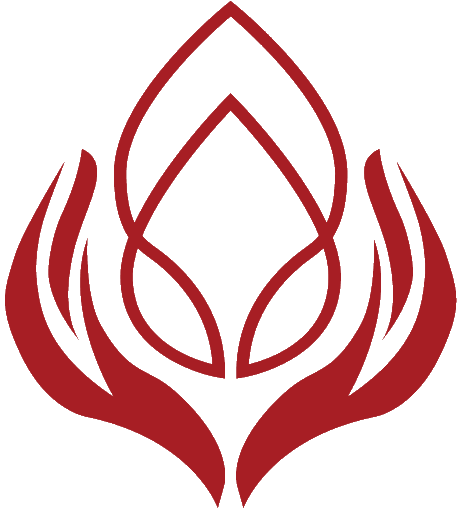WHAT IS PREGNANCY MASSAGE:
Pregnancy or prenatal massage with a qualified therapist can be a relaxing way to release some of your back and leg pain during pregnancy. It is a great way for mother and baby to relax and enjoy some peaceful time together as the body and tummy are massaged and stimulated. There needs to be a level of sensitivity and gentleness extended by the therapist, which factors in the baby as well.
Prenatal or Postnatal use of Swedish massage therapy which supports the physiological, structural and emotional well-being of mother and baby. Pregnancy massage, pre or post, offers a relational tonic to mother and baby. Muscle Essence offers a choice between a more gentle massage or one with firmer pressure. Gentle massage uses lighter repetitive strokes or kneading techniques, to soothe your muscles, reduce anxiety, improve circulation and cellular respiration. Firmer pressure targets those who experience tension or aches particularly through shoulders and legs. Postnatal massage is a great way to create soothing moments with your baby as you involve them in your massage experience. Make the time to escape and take advantage of ongoing relaxation and the aftercare parent and baby deserve.
Studies indicate that massage therapy performed during pregnancy can reduce anxiety, decrease symptoms of depression, relieve muscle aches and joint pains, and improve labour outcomes and newborn health.
Body position during prenatal massage is important in order to maximise the effectiveness of the massage and to fully gain its benefits. Some may choose a side-lying position on a sturdy, cushioned massage table for pregnant women during massage. Others prefer a well cushioned massage chair, which can provide a comfortable, safe position and balanced support for a growing tummy, managing blood pressure and blood flow.
Swedish massage techniques is one of the most popular forms of pregnancy massage. This is because of its particular benefits in reducing muscle tension and improving blood flow and lymphatic drainage. It involves long strokes over tight muscles, relieving immediate tension.
A good massage therapist may be willing to show your partner some massage techniques you could try for yourselves. Pregnant women who are interested in massage therapy should adopt a safety-first approach. If you are thinking about having a pregnancy massage, it is important to find a qualified therapist certified in prenatal techniques. Equipment required for pregnancy massage can be a little different to the standard issue. Your comfort is key.
BENEFITS OF PREGNANCY MASSAGE

- Reduces stress hormones within a pregnant woman’s body. It also increases the levels of hormones which tend to be low in women who are depressed.
- Leads to a reduction in anxiety and there is often an improvement in general mood following a massage.
- Rejuvenates energy because it gives an opportunity to rest and completely relax.
- In some, massage can relieve nausea and heartburn. In others, it can stimulate it. Best to talk this through.
- Relieves discomfort of pregnancy such as an aching neck, sore back, and heaviness in the pelvic bones, leg cramps, swelling of the ankles and feet and oedema (fluid retention).
- Leads to muscle relaxation and relief of joint pain. Pregnancy massage can be particularly helpful for women who experience sciatic nerve pain.
- Builds a feeling a sense of connectedness. Many pregnant women experience a change in their intimate relationship with their partner and suffer from being “touch deprived”.
- May improve the progression of labour with better health outcomes for both the mother and her baby. More relaxed mothers tend to have a lower risk of interventions during labour and birth.
Improves sleep due to feeling less muscle tension and generally less uncomfortable.
WHAT TO AVOID IN PRENANCY MASSAGE:
It’s best to avoid deep tissue massage and other pressure point techniques that might pose a circulation, blood pressure risk or may bring on labour, especially when massaging the calves and legs. A woman’s blood volume doubles during pregnancy.
Lying on your back in the first and third trimester is not recommended. The massage chair may be a better and safer option, with a light Swedish massage on all areas except the wrist and ankle.
Using aromatherapy oils may help to heighten the sensory experience. There is however, a range of oils which need to be avoided as they can prompt uterine contractions. These include oregano, peppermint, thyme, basil, sage and rosemary.
The first trimester is the critical time when everything is starting to form. Many people aren’t comfortable in the first trimester; they’re just not feeling well.
After 22 weeks, lying on your back should be avoided because it can put pressure on a deep blood vessel that is important for carrying blood and nutrients to your baby. If you have a high-risk pregnancy or high blood pressure, or you experience sudden swelling, speak to your doctor before scheduling any prenatal massage.
Do not get a prenatal massage if:
- your physician advised you against it
- you are in a high risk pregnancy category or have previously had a premature labour.
- you have Pregnancy Induced Hypertension e.g. high blood pressure.
- you have pre-eclampsia, or sudden swelling with retention of fluid. If you experience severe headaches.
- having a pregnancy massage causes you to feel sick, lightheaded, gives you a headache or you don’t enjoy the experience.
